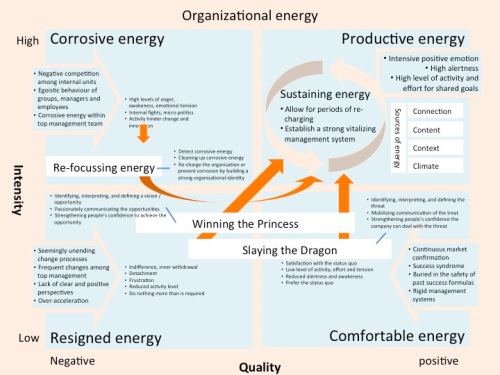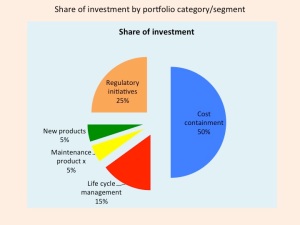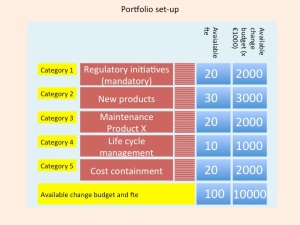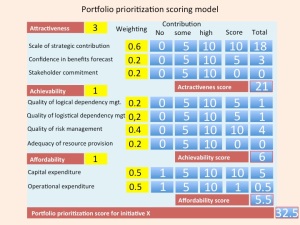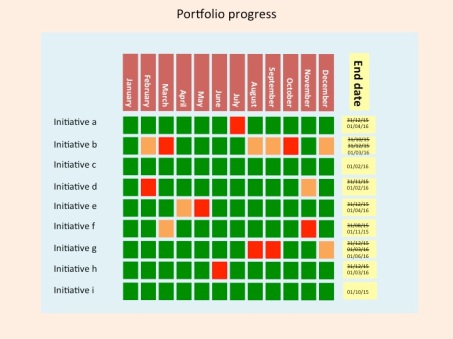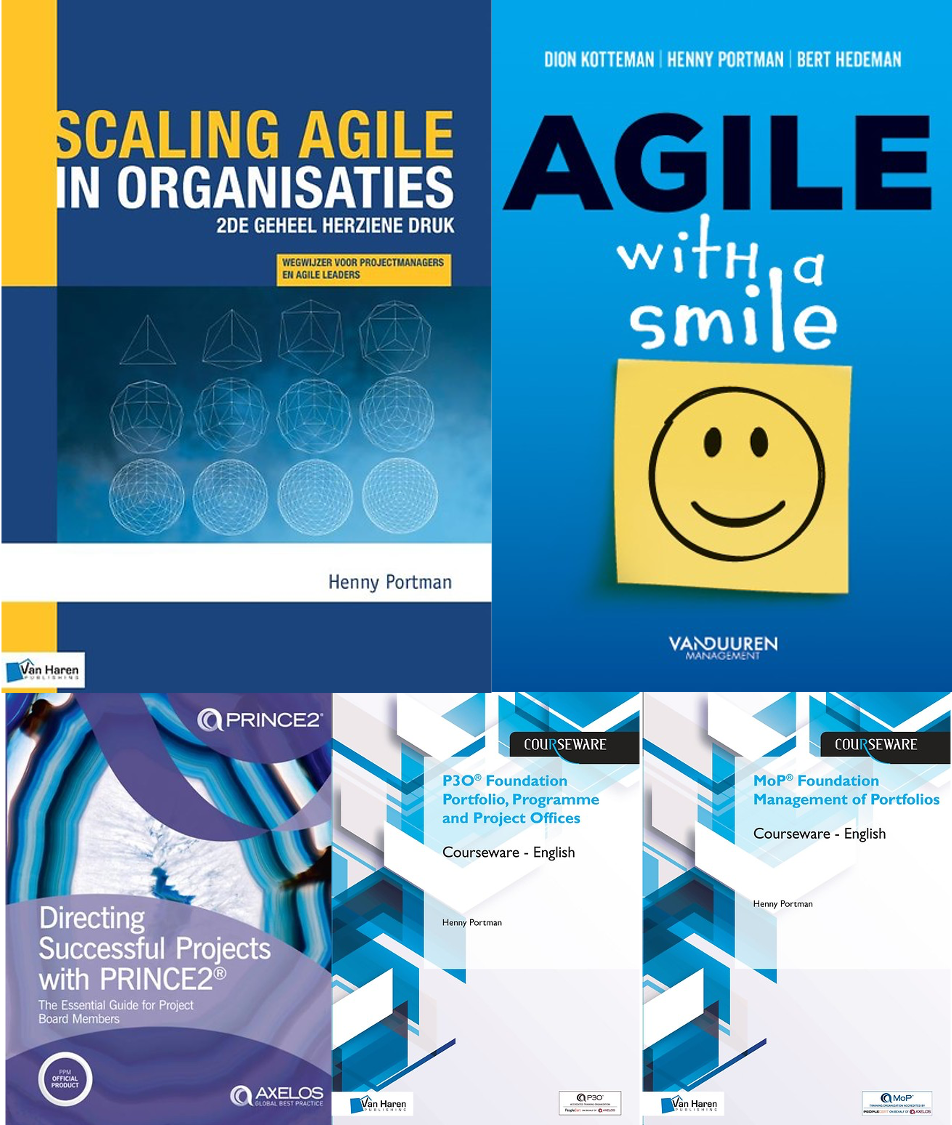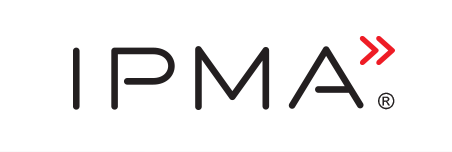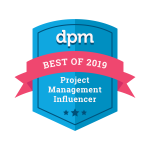 I received a mail from the Boston Consulting Group. Among other topics they highlighted their DICE tool to access and set up change initiatives. The DICE framework is a tool originally developed by Perry Keenan, Kathleen Conlon, and Alan Jackson (all current or former Partners at The Boston Consulting Group). By using this DICE tool, BCG claims that you can dramatically improve the odds of success.
I received a mail from the Boston Consulting Group. Among other topics they highlighted their DICE tool to access and set up change initiatives. The DICE framework is a tool originally developed by Perry Keenan, Kathleen Conlon, and Alan Jackson (all current or former Partners at The Boston Consulting Group). By using this DICE tool, BCG claims that you can dramatically improve the odds of success.
In one of my previous posts regarding MoP practices in practice I already made a reference to this tool.
It’s a very simple tool to position your project on the DICE chart. Based on five questions you get an indication if your project is positioned as win, worry or woe. A project in the woe area is structured or guaranteed to fail. The tool gives suggestions for improving your DICE score. And of course it’s much more important to have a conversation about the scores and what you can do about it than only look at the final score itself!
 The DICE score (D + 2I + 2C + C2 + E) is based on:
The DICE score (D + 2I + 2C + C2 + E) is based on:
Duration (D): Either the total duration of short projects, or the time between two milestones on longer projects
Team Performance Integrity (I): The project team’s ability to execute successfully, with specific emphasis on the ability of the project leader
Commitment (C): Levels of support, composed of two factors:
- C1 visible backing from the sponsor and senior executives for the change
- C2 support from those who are impacted by the change
Effort (E): How much effort will it require to implement (above and beyond business as usual)
1: copied from Wikepedia
In the embedded video from Perry Keenan you get an intro to the DICE tool.
If you go to the BCG DICE website you can get access to the DICE calculator, DICE FAQs and a library with the original HBR article The hard side of change management.
You will also find a set of small videos explaining the assessment of the DICE score, Duration, Integrity, Commitment and Effort and the setup of a DICE workshop and the DICE portfolio.
You will also get access to some related documents like:
- A way to access and prioritize your change efforts (new HBR article about the DICE tool)
- Leading change in turbulent times (about emotional turmoil that can drastically undercut the change effort)
- Transformation: The imperative to change (Case studies of transformation excellence)
- Executing Change beyond the PMO (from PMO to SIO: Strategic Initiative Office)
- Strategic initiative management: the PMO imperative (The role of the PMO).
Conclusion: a simple tool, be accompanied by many relevant documents and videos. It is shared by BCG and can be very helpful in assessing your own portfolio and to trigger conversations about the focus in your portfolio and individual interventions for your most important projects!

